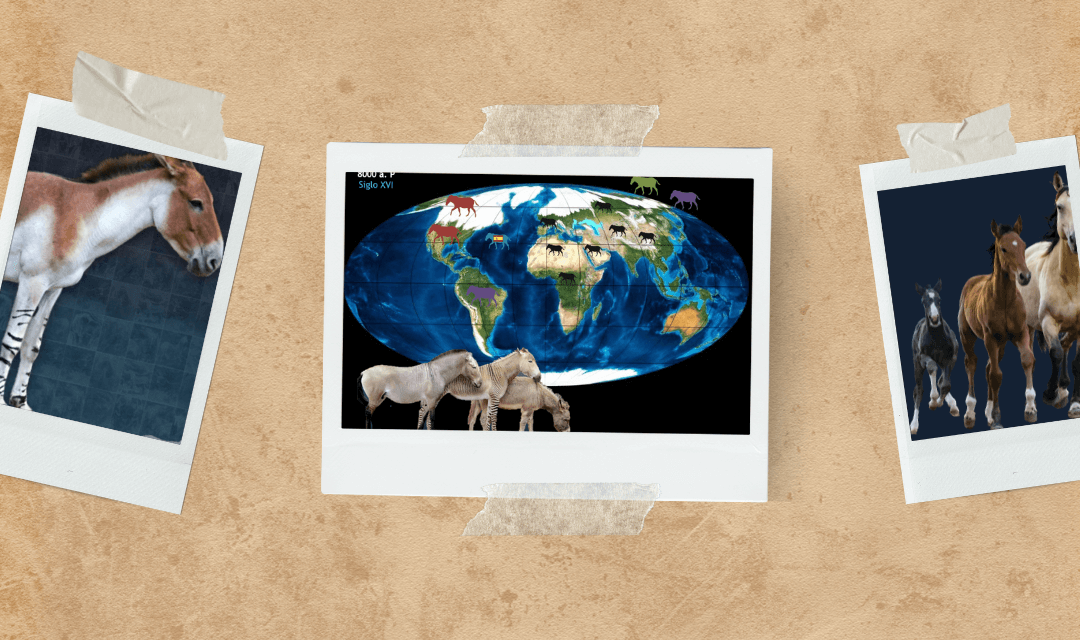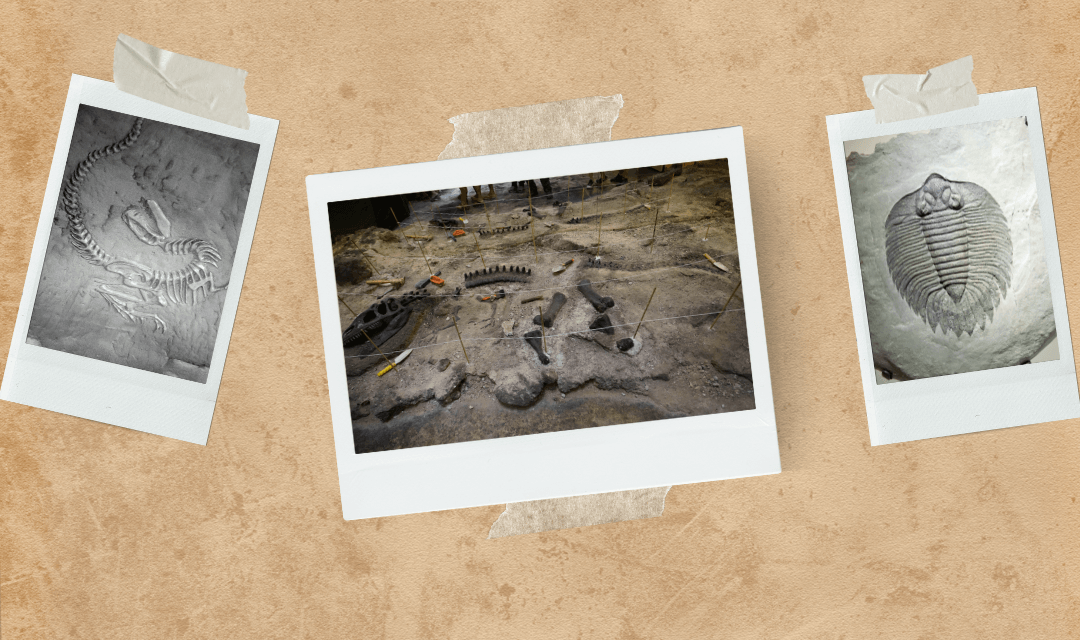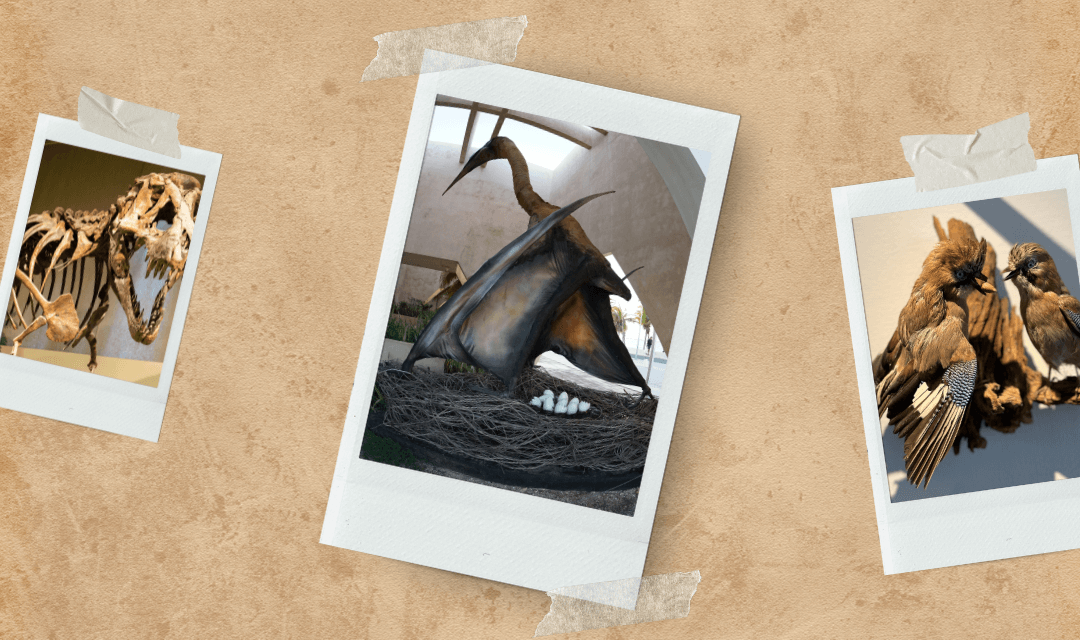Paleontology and dinosaurs in México
July 18, 2023
An incredible story written in stone that amazes the world
Do you remember the first time you heard about dinosaurs? For many of us, dinosaurs were, for a long time, fantastic animals that we only saw in cartoons. I'm sure many of us, now adults, watched the Jurassic Park movies with great surprise and fascination. It was the first time we could see how these great animals behaved. But before all this happened, a small group of people worldwide already knew a lot about dinosaurs. I want to talk about them in this blog.
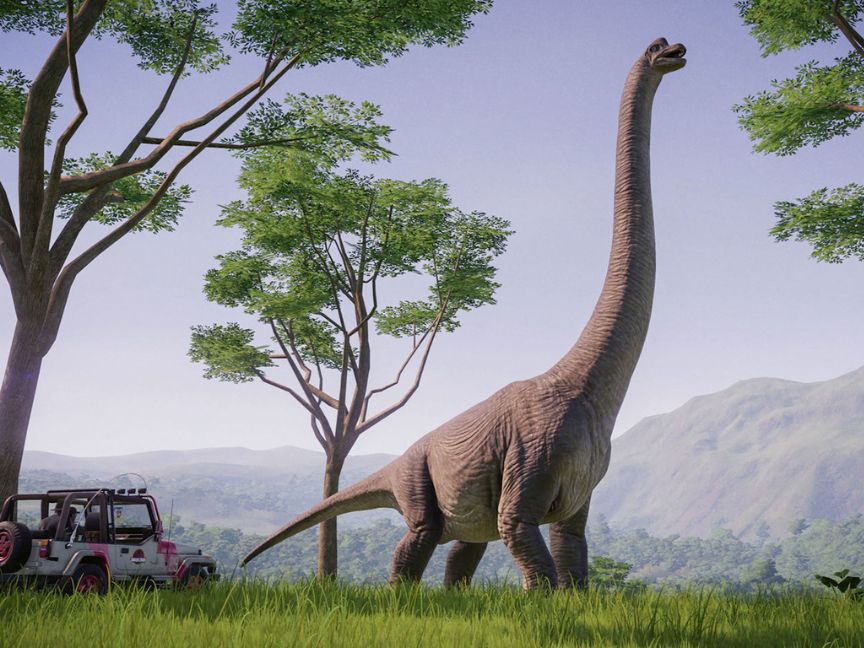
The origin of the word “paleontology” comes from ancient Greek words:
· Palaios - Ancient
· Ontos - Being
· Logos - Stud
The first indications of the discovery of fossils occurred during the 6th century b.C. They were interpreted as remains of an archaic and unknown life, but paleontology had not yet been born.
The term “paleontology” was used for the first time in 1832 by the French naturalist Henri Marie Ducrotay de Blainville. The first scientifically documented paleontological records can be attributed to the artist Leonardo Da Vinci. He described the remains of marine animals found in Italy.
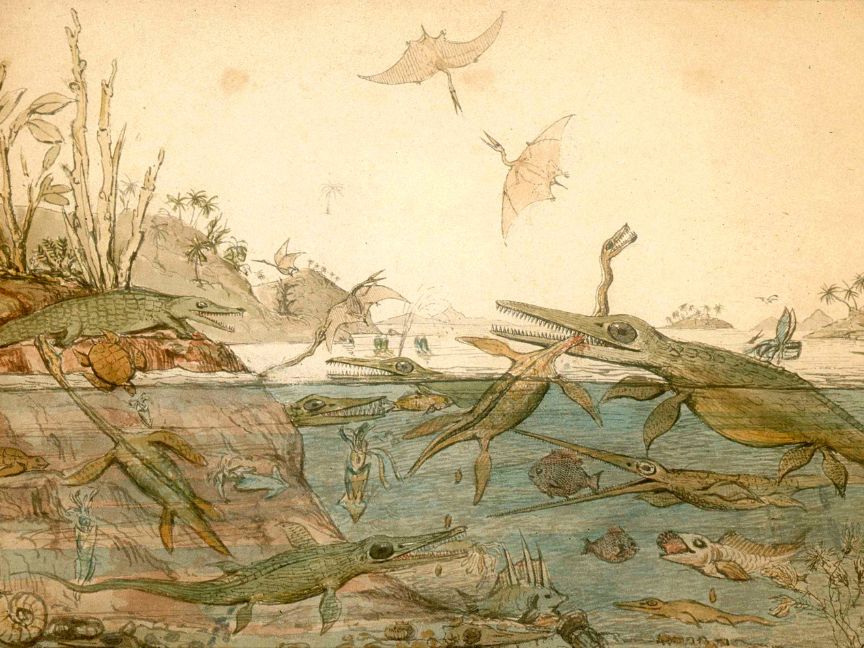
Since its emergence as a science and as more knowledge has accumulated about its field of research, paleontology is divided into several branches that help identify and select discoveries:
· Paleozoology, which analyzes and studies animals.
· Paleobotany, which analyzes and studies plants.
· Micropaleontology, which analyzes and studies microfossils.
The History of Paleontology in Mexico
This science in Mexico is still at an early stage but some great discoveries have become famous worldwide due to their importance in understanding more about the great dinosaurs in Mexico.

The discovery of fossils in Mexico has been documented since pre-Hispanic times. For example, the Olmecs used the teeth of the prehistoric shark Carcharodon megalodon for their offerings. But these findings were never recorded scientifically, and their existence only created legends about giants in the area, better known as quinametzin.
It was not until the conquest of the great Tenochtitlán that scientific interest in these prehistoric fossils grew. Hernán Cortés himself sent Europe the molars and bones of what he called a gigantic animal. In 1590, Father J. de Acosta made several references in his book "Natural History of the Indies" about the remains of great beings found in America and that in Europe were still unknown, speculating about their origin.
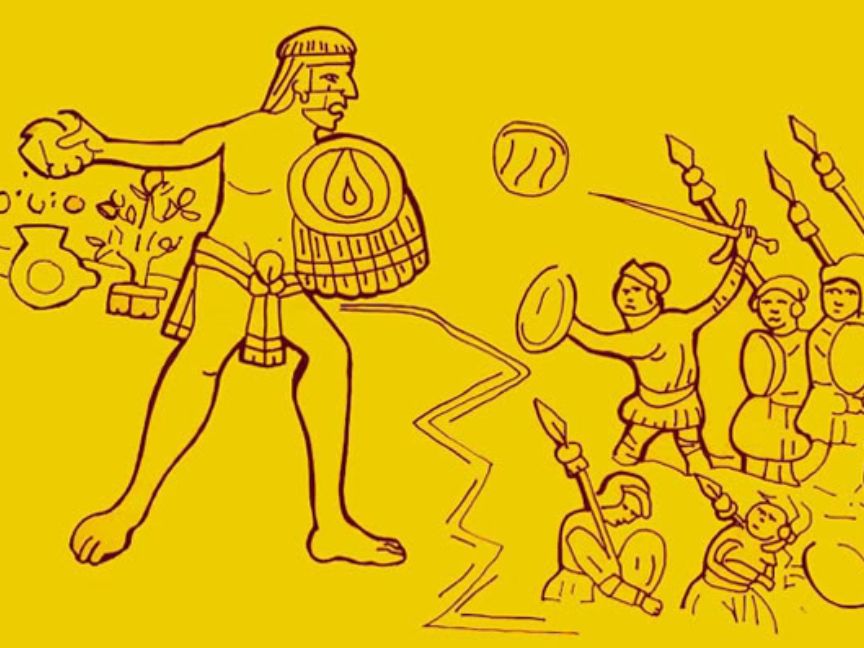
It is to be assumed that Mexican mining was an accidental benefit for paleontology, since during its apogee, that lasted 200 years, many fossil deposits could be discovered in New Spain, the former name of Mexico during colonial times. The main objective of this activity was an intense exploration and exploitation of precious metals, as well as a geological mapping of the country.
However, the General Archives of the Nation in Mexico lack the documentation to confirm these findings during the Viceroyalty era.
The first paleontologists in Mexico
The 19th century represented a significant increase in the studies of Mexican fossils, and all these explorations and discoveries were carried out by foreigners such as Pierre Nyst and Henry G. Galeotti, and the German Hermann Von Meyer.
The name of mineralogist, geologist, and paleontologist Don Antonio del Castillo appears as one of the first Mexicans to study and research fossils. In 1869, Castillo classified the first extinct mammals of the Quaternary period in Mexico, and his work contributed to the knowledge of the paleontology of the Valley of Mexico.
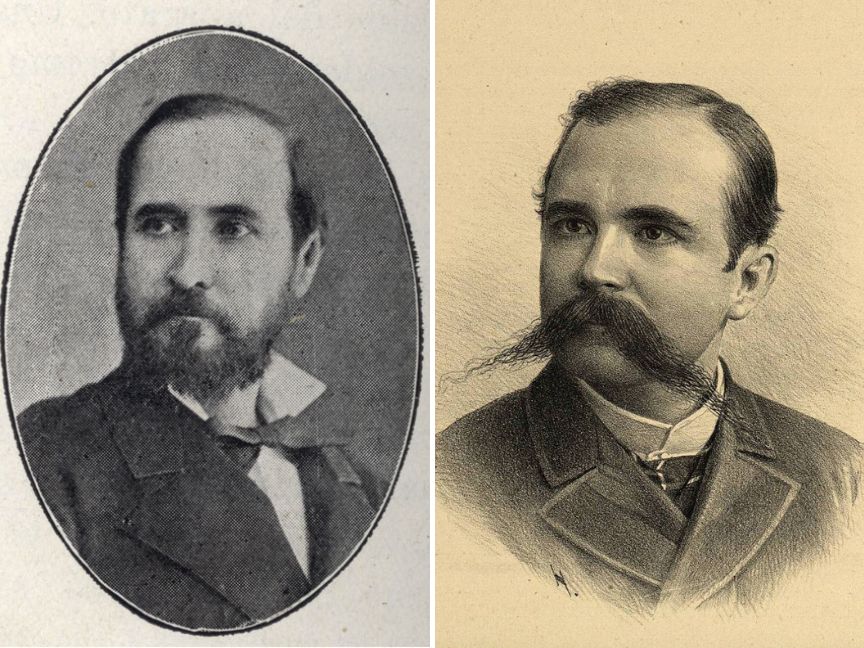
The Mexican Society of Natural History was founded in 1868, and the following year its scientific journal was published under the title “La Naturaleza”. This publication was where Don Mariano Barcena published the first description of a Mexican fossil, a crustacean discovered in Jalisco in 1874. Don Mariano Barcena was another of the first Mexican paleontologists who began to contribute his knowledge to the scientific heritage of this branch of modern science.

Besides these two great Mexican explorers, there were the names of Juan N. Cuatáparo and Santiago Ramírez, who described a Glyptodon in the state of Mexico, as well as the research of the French Mexican naturalist Alfredo A. Duges on fossils of the Pleistocene era in Guanajuato and Manuel Villada with his publications on paleobiology in the Valley of Mexico.
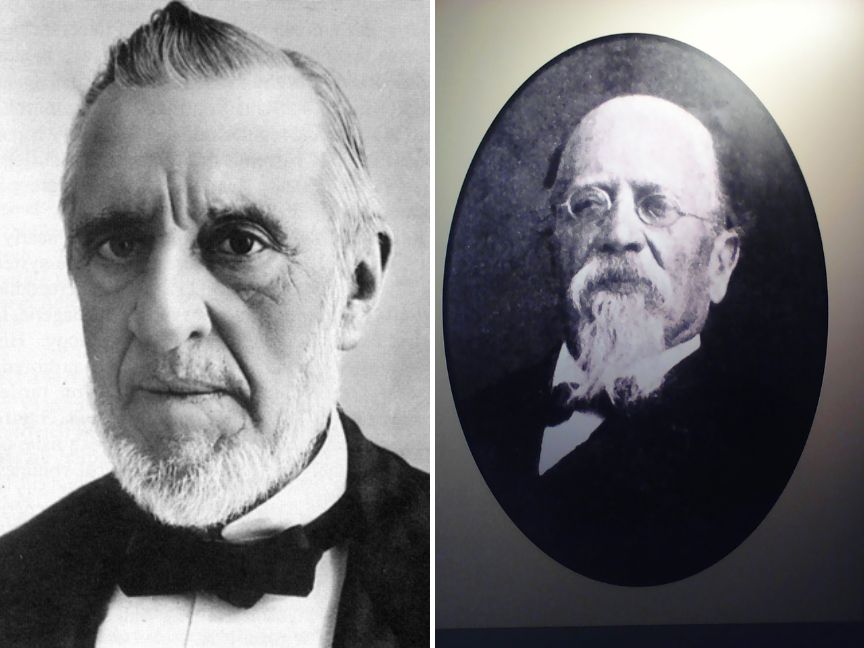
The complete history of paleontology in Mexico would not fit in one blog. I hope this little review can give you the context of how the great finds in Mexico began.
This brings us to the following question:
Did dinosaurs exist in Mexico?
The answer is simple, yes! These large animals walked through many places in Mexico, and the evidence of their existence is still being studied. So far, there are known osteological remains of dinosaurs collected in localities of Tamaulipas, Baja California, Sonora, Chihuahua, Coahuila, Puebla, Chiapas, and Michoacán. In addition, footprints and other indirect evidence found in Oaxaca, Durango, Puebla, Michoacán, and Coahuila.
The oldest dinosaur remains come from the middle Jurassic era of the Huizachal Canyon, Tamaulipas. Skeletal remains from 160 million years ago from the La Boca formation are known from this state, and these remains belong to three types of dinosaurs.
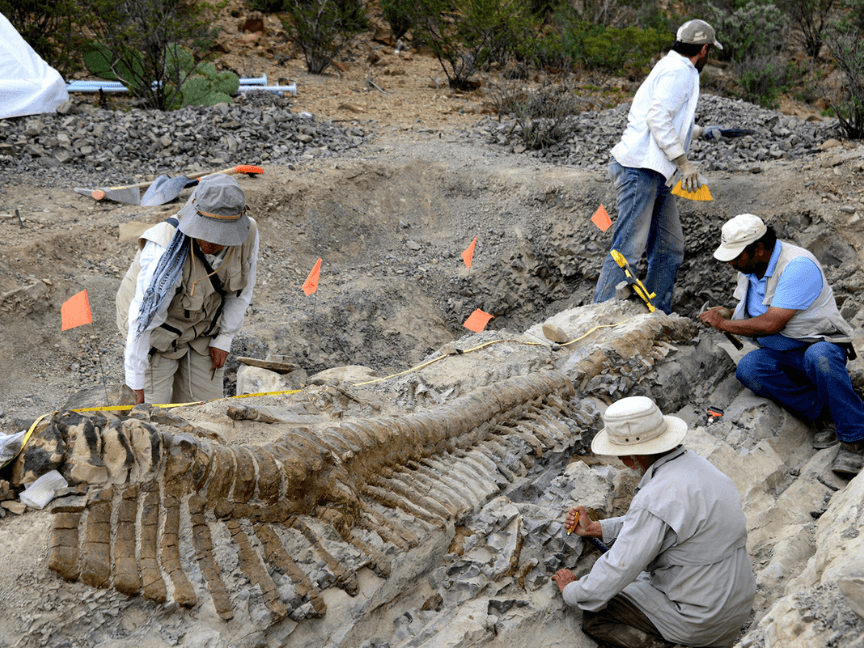
Coahuila is known as the mecca of dinosaurs in Mexico, and it's a crucial place for paleontological studies in Mexico due to the great quantity and diversity of vertebrate fossils found in the desert region, specifically in the municipality of Sierra Mojada where these investigations began.
In a previous blog, I told you about the collaboration between Xplor park and a famous museum in Mexico. Well, it's right in Coahuila where we can visit the Dessert Museum, one of the most relevant museums about fossils and dinosaurs, thanks to the investigations that are carried out to continue learning more about these prehistoric beings in Mexico.
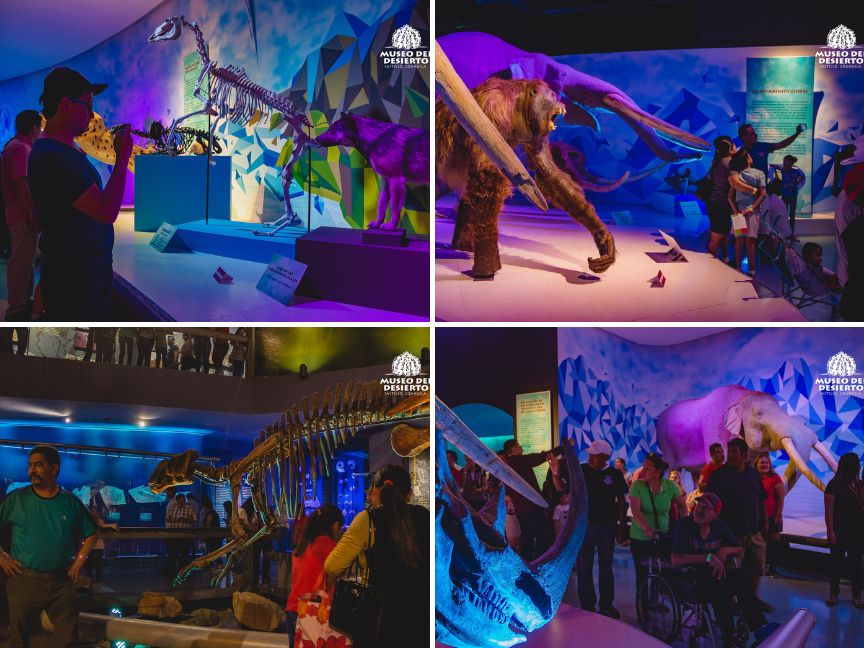
Thanks to all the efforts made since the beginning of Mexican paleontology, we have certainty about the species that once walked our territory:
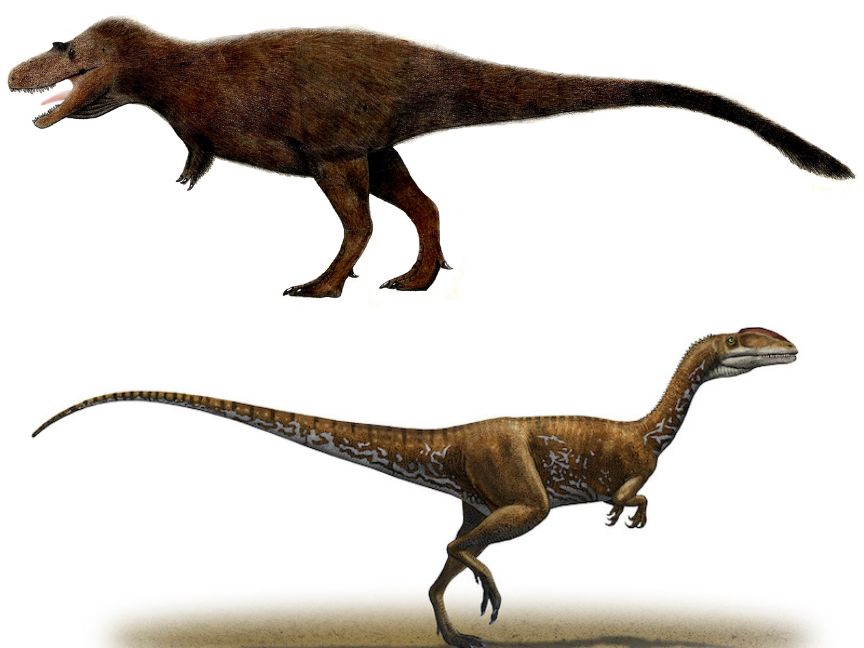
· Syntarsus
· Gorgosaurus
· Saurornitholestes
· Kritosaurus
· Alamosaurus
· Labocania
· Centrosauro
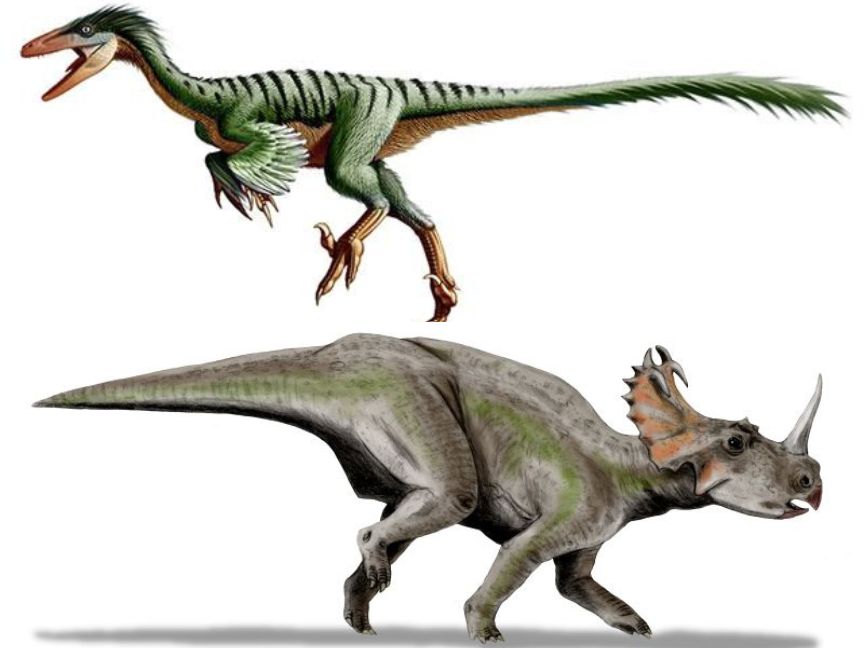
In 2021, a new herbivorous dinosaur was discovered that lived more than 70 million years ago in northern Mexico, specifically in Coahuila. It is the species Tlatolophus galorum. This name comes from the Nahuatl language “tlatolli” which means “word”, and from the Greek word “lophus”, which means “crest”
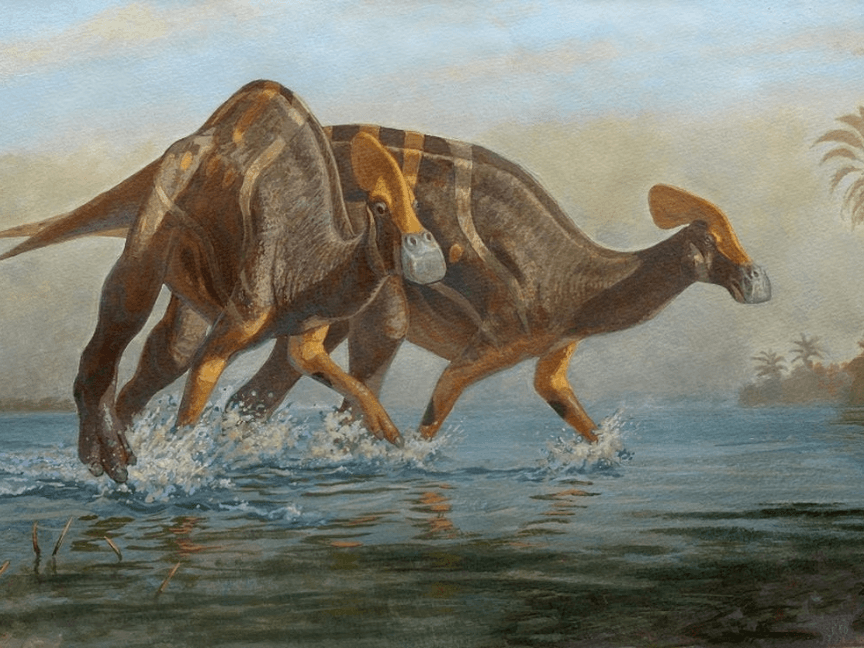
This assures us that fossil discoveries will continue to occur in the future so that the history of dinosaurs in Mexico will continue for the years to come.
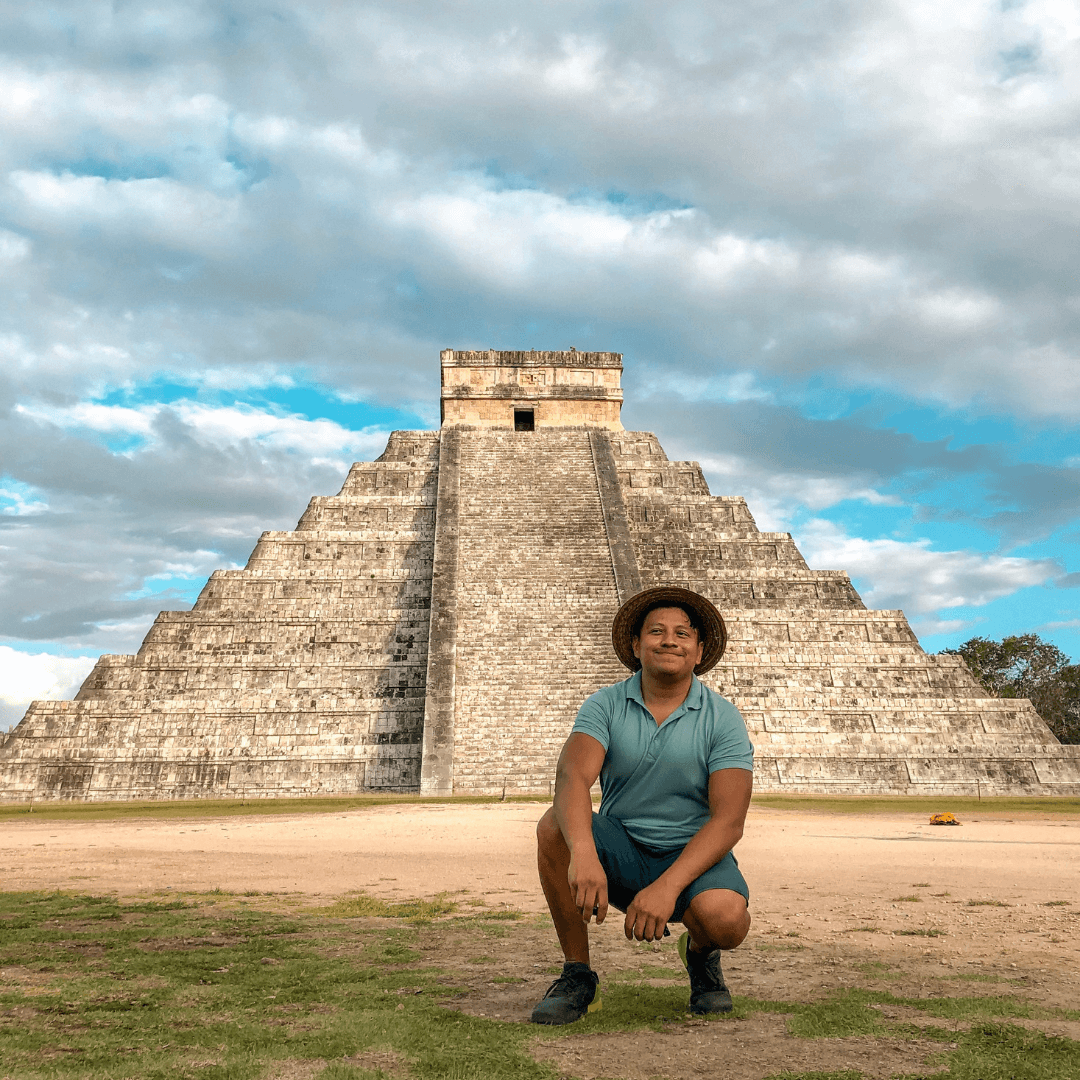
Apasionado por lo no establecido, viajo y colecciono historia para compartir con quien quiera escuch...

Posts Relacionados
Grupo Xcaret
Hotels
